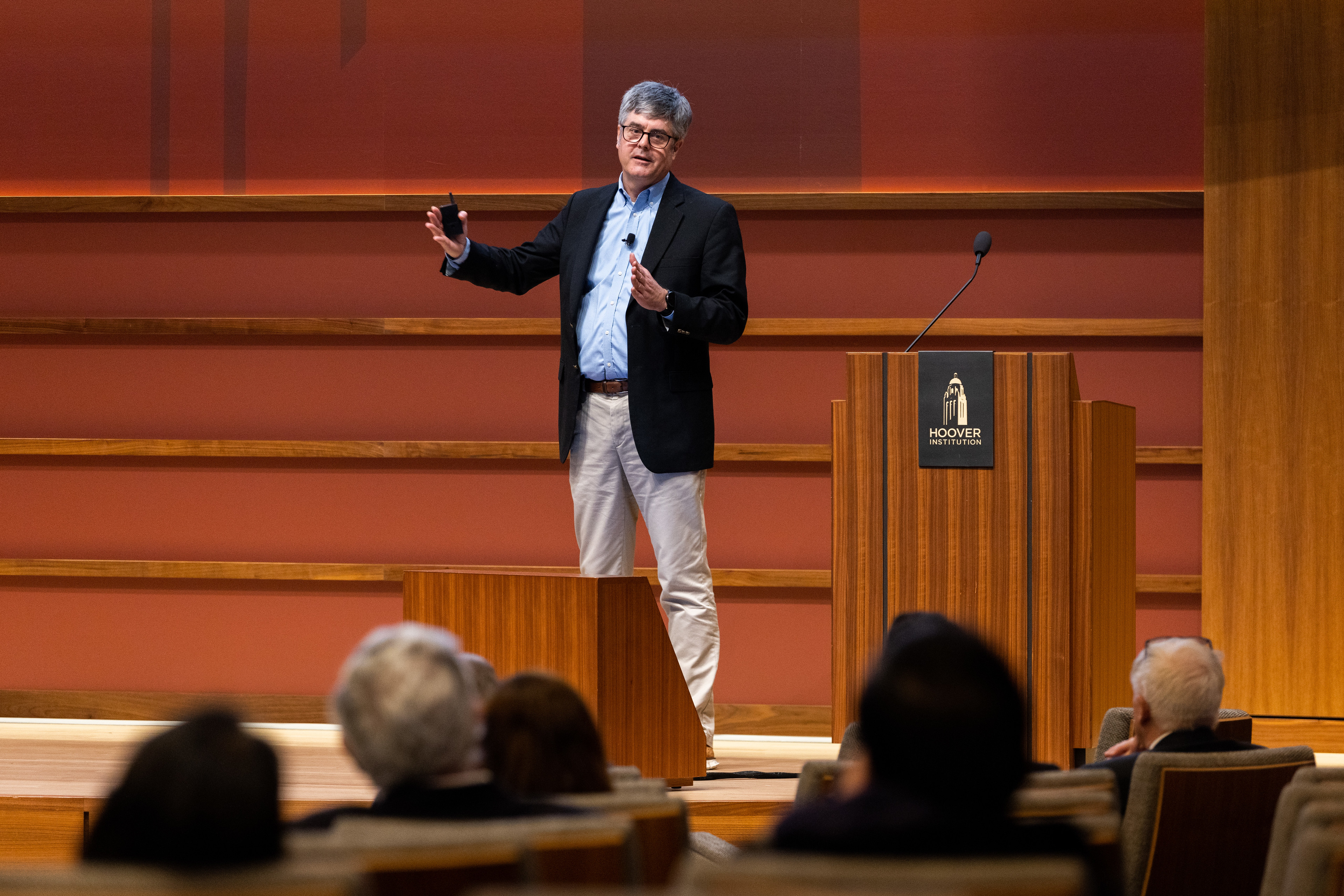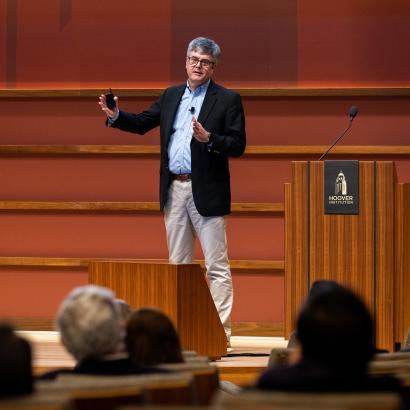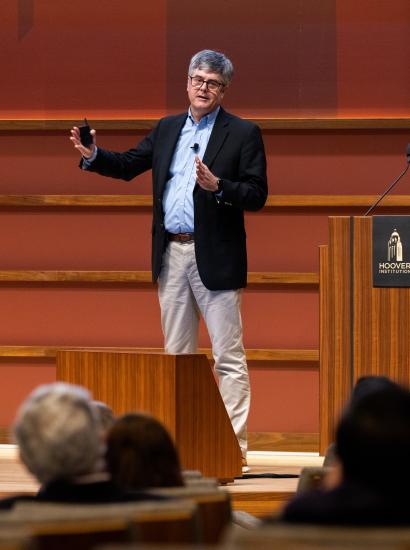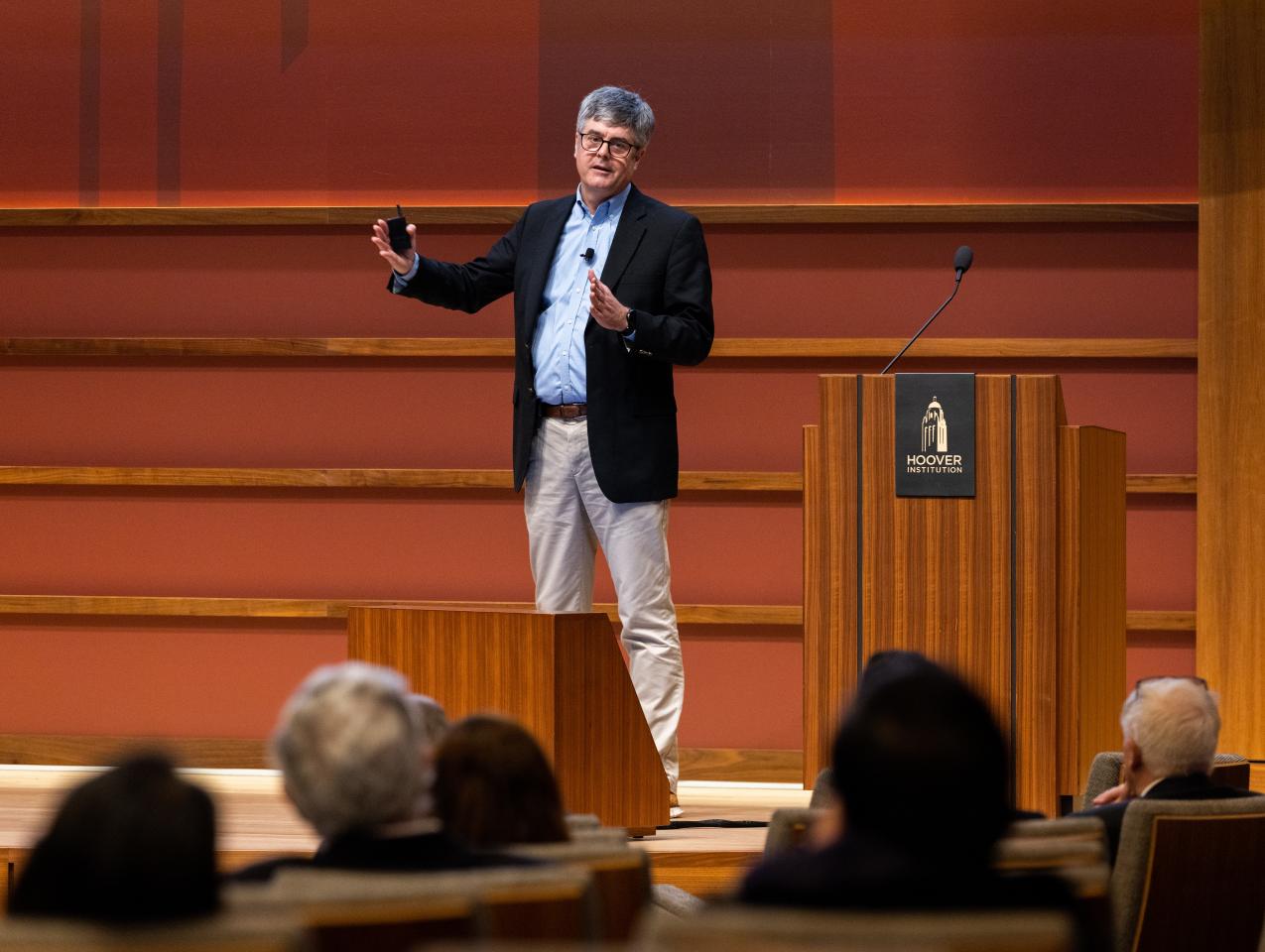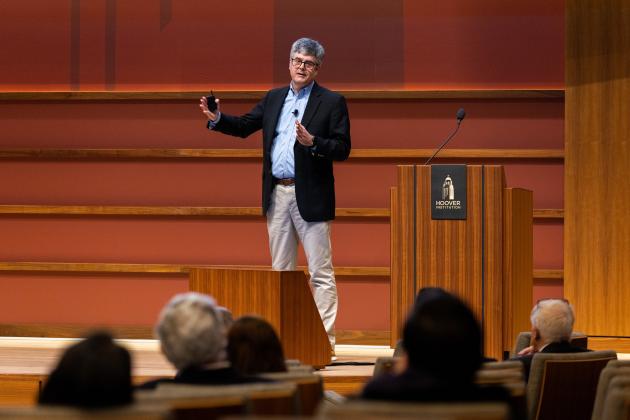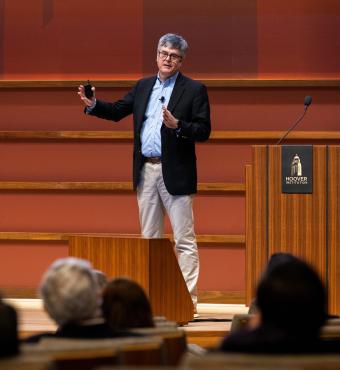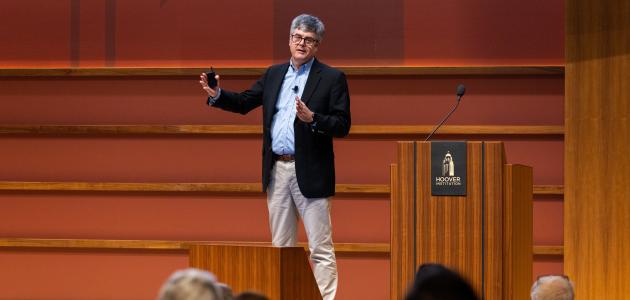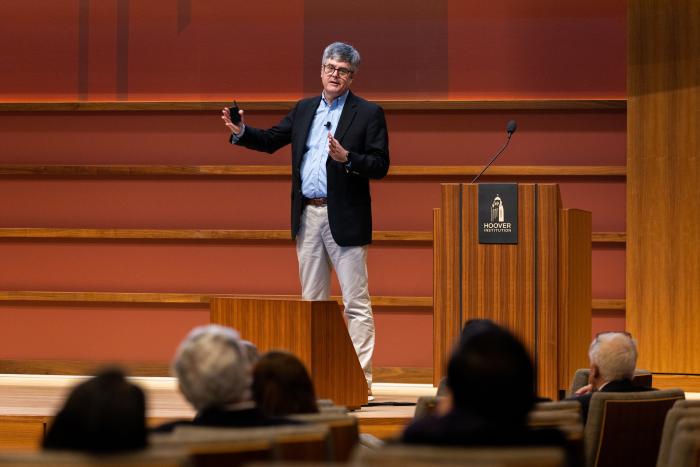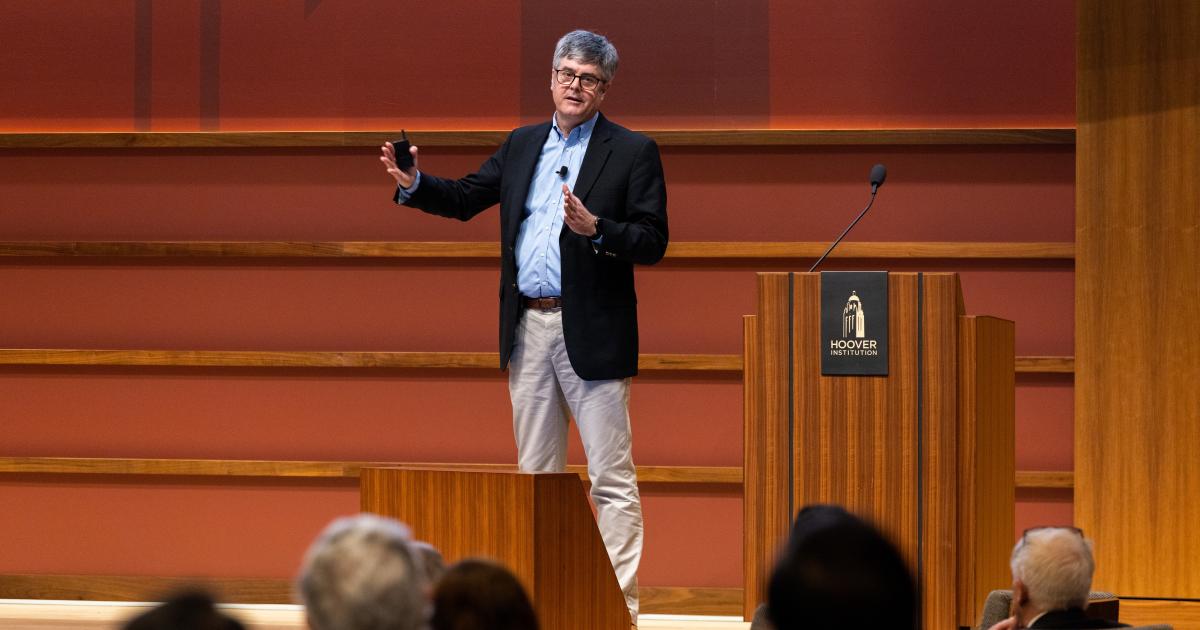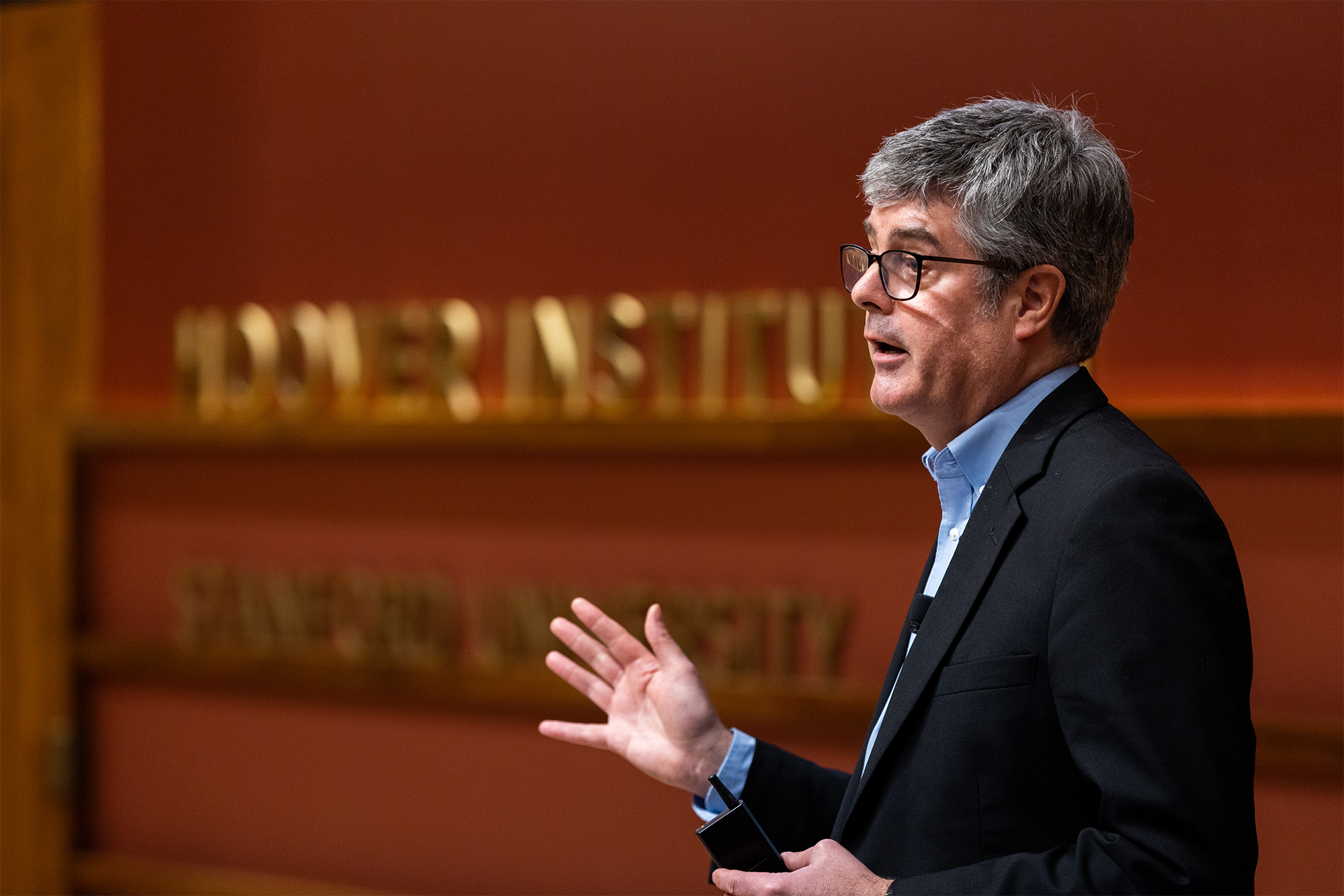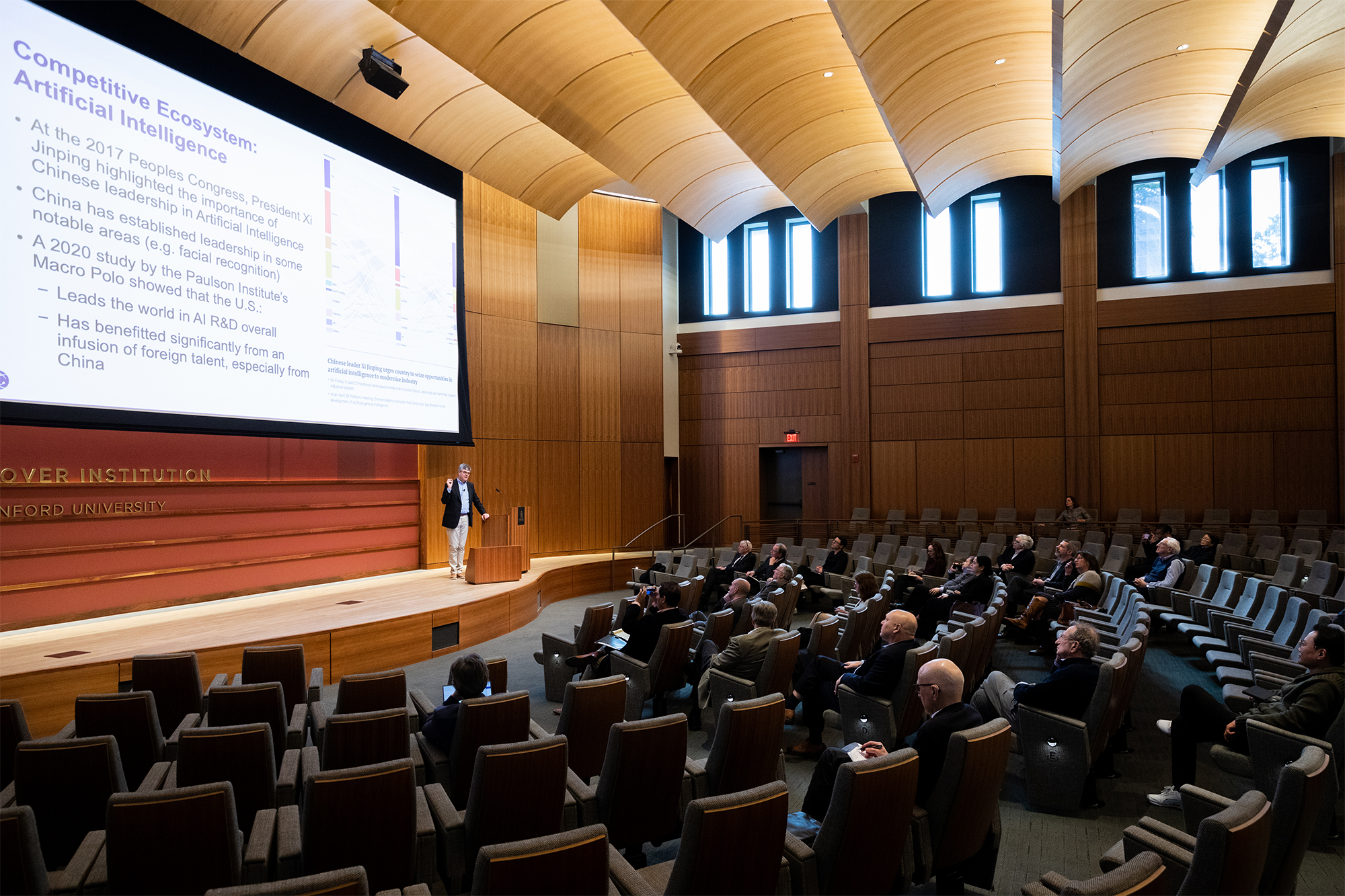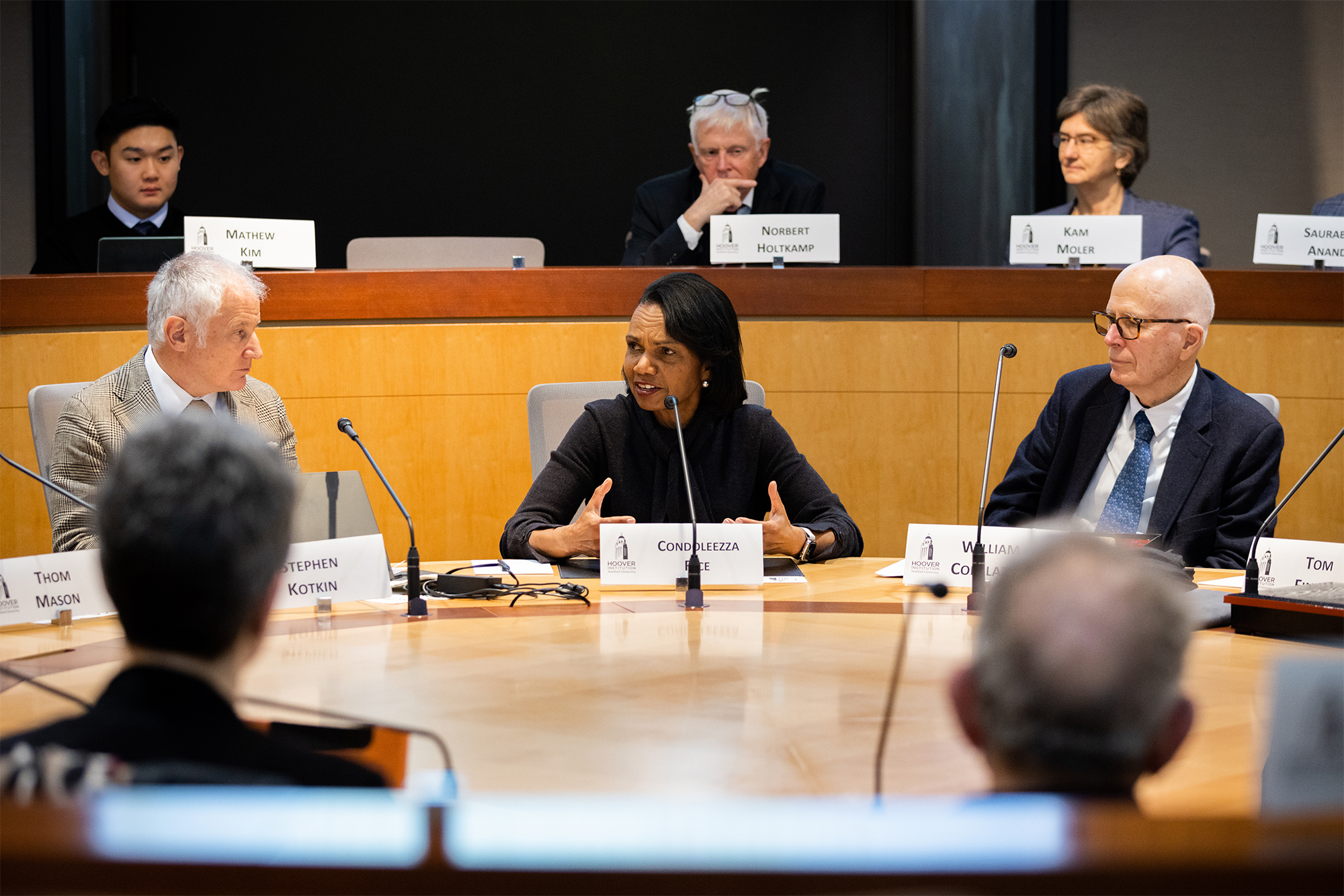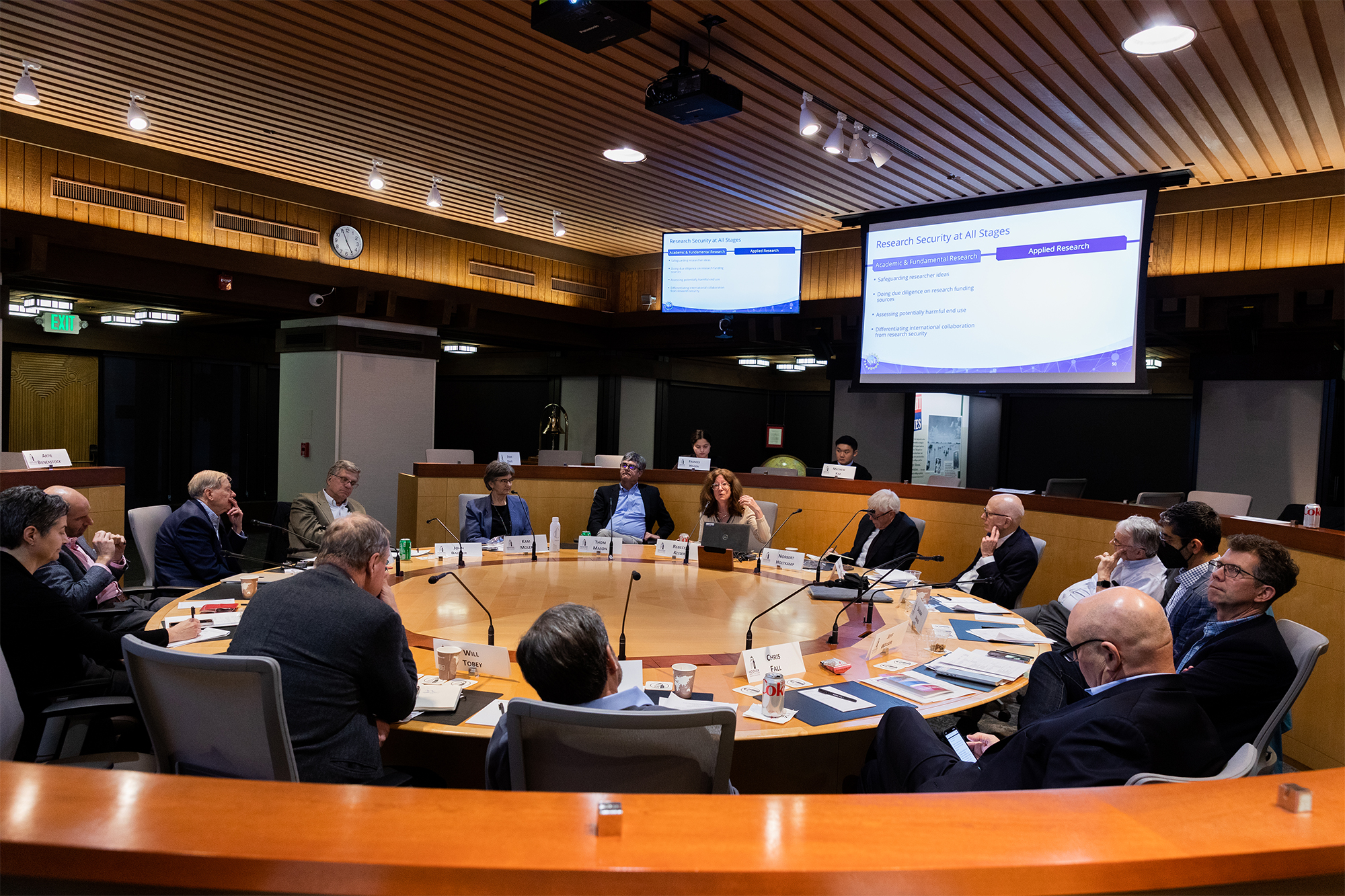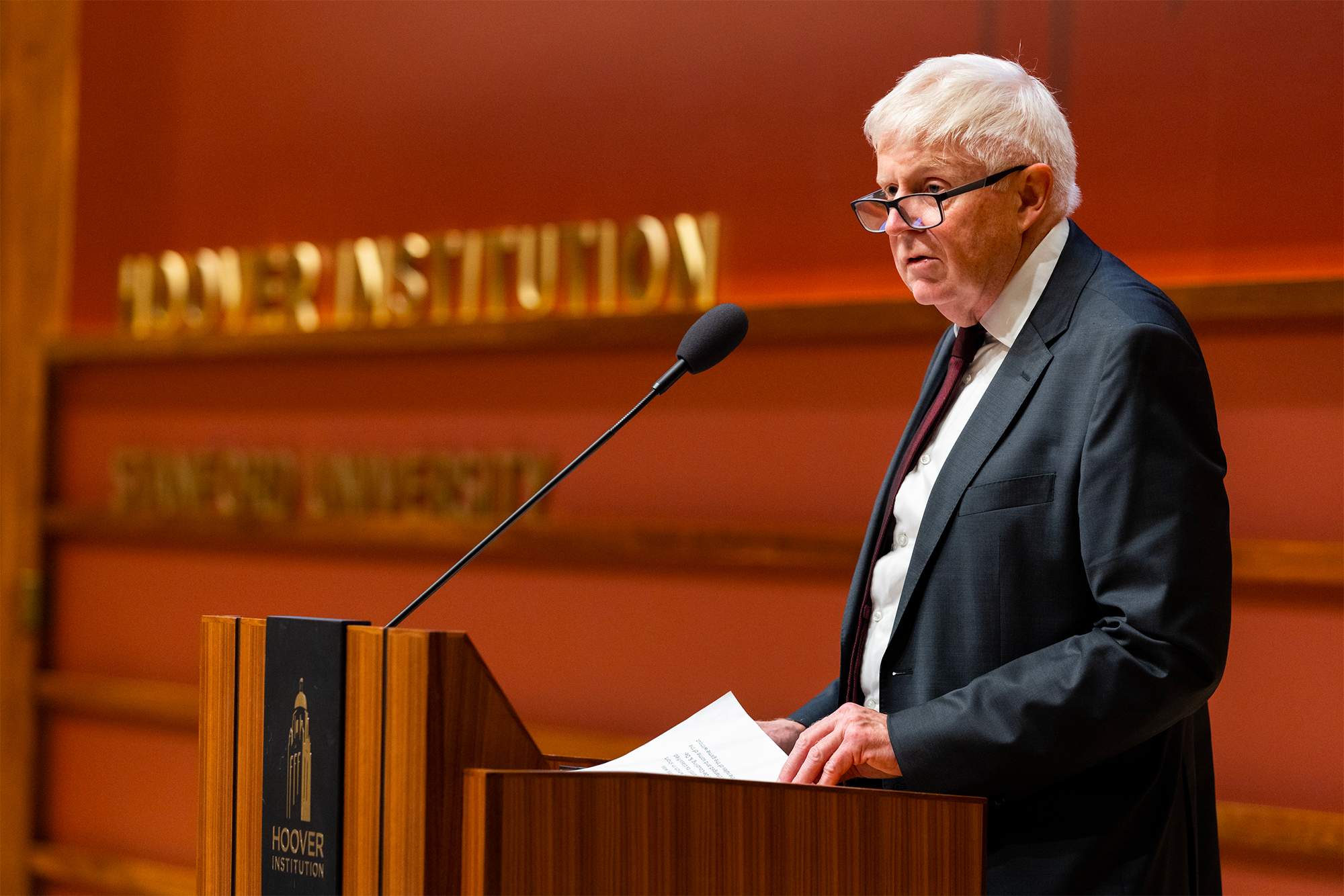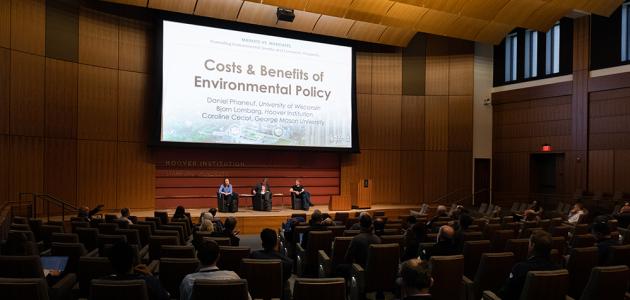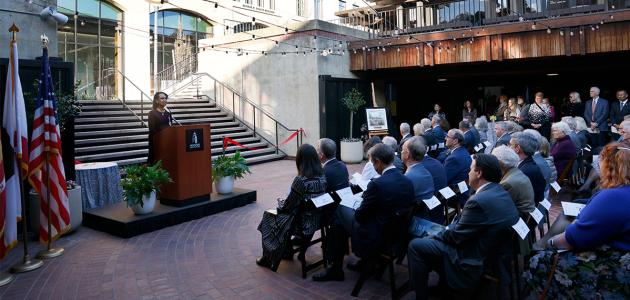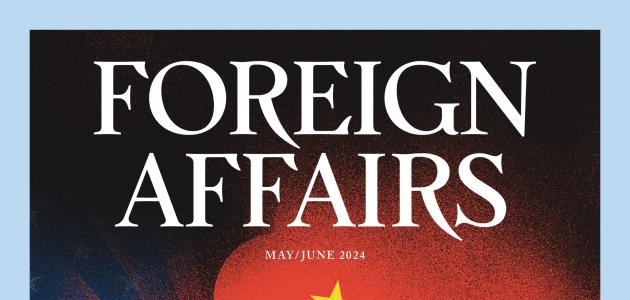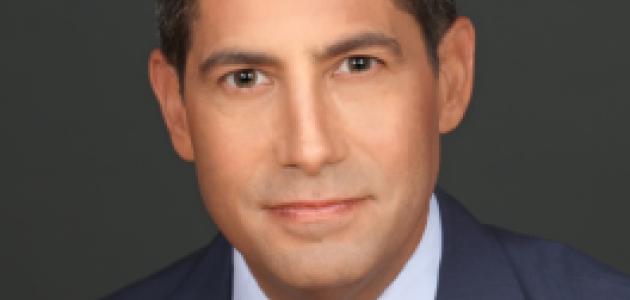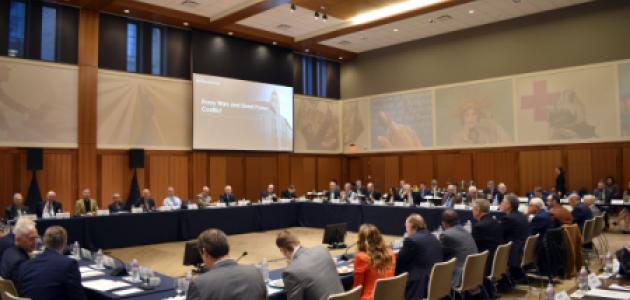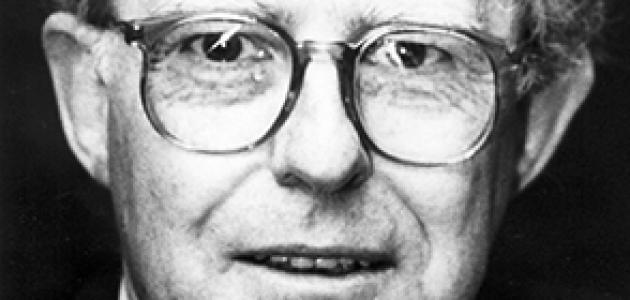When agents of globally ambitious China and a revanchist Russia are conducting espionage operations to give their respective states unique technological advantages, who can provide guidance to research professionals as they navigate an increasingly cloak-and-dagger world of academic collaboration?
And how can researchers step out of their routine concerns about things like citing sources and providing proper credit, and into the larger conversation about research security for international research collaboration?
To ensure partnerships do not descend into cross-border episodes of intellectual property theft, industrial espionage, or deceit in in the twenty-first century, Los Alamos National Laboratory director Dr. Thomas Mason has two pieces of advice:
First, research security in the academic context goes way beyond a simple scenario where a collaborating academic in another country leaves your name off the author’s list at the time of publication. “If the only problem is having your name left off of a paper, that’s something you can manage as an individual,” Mason said.
In an era with major industrial espionage efforts underway by China, Russia, and other malign actors, research security now requires deeper consideration that cannot be managed at the individual level.
And second, just because the foreign academic you’re working with appears to be trustworthy, that doesn’t mean the institution they work for is as honest as they are.
“Recognize that people are working in institutions that impose some expectations on them, and those expectations might be things you’re not willing to go along with,” advised Mason, who spoke at the Hoover Institution Monday, January 22, 2024, as part of an event cosponsored by Hoover, Stanford University, and the National Academies of Sciences, Engineering, and Medicine. “Totally trustworthy people find themselves in situations where they have to do things they aren’t comfortable with.”
The talk was part of a wider effort by Hoover, Stanford, and US government research labs to identify how to maintain the right balance between research openness and security in a rapidly changing threat environment.
Mason says that the study of history of US state-sponsored research can be instructive. Prior to World War II, there was only limited government funding of research. The US Army famously bought one of the Wright Brothers’ planes in 1909, but the army did not initially fund the pair to develop their first plane that took flight in 1903.
That level of investment in innovation by the US government changed by 1941, when America’s entry into World War II gave rise to the Office of Scientific Research and Development, credited with, for example, developing ground-based radar and laying the groundwork for the Manhattan Project.
After the war ended, the National Science Foundation was founded, and Congress passed the GI Bill, funding the tuition of numerous veterans to study at colleges and universities, many of them in research-oriented fields.
While widely promoting other research, the US government kept its nuclear technology a closely held secret. But the restrictions around nuclear technology eased in December 1953, when President Dwight D. Eisenhower gave his “Atoms for Peace” speech.
One year later, authorized sharing of nuclear technology for peaceful purposes, such as energy generation and medical isotope development, cemented the United States as the leading player in those fields.
During the Cold War, scientific secrets were safeguarded from Russia but were shared with friendly nations in Europe and Japan. As a result, the US saw its leading player status become threatened in the 1980s as Japan’s industrial output rose and Europe started to behave more as one large economic bloc.
Yet collaborative research continued where it was suitable. After the collapse of the Soviet Union, Mason said, it seemed as if there would be a golden age of research collaboration between like-minded states. “If everyone was playing by our rule book, everything would be fine.”
But starting in about 2010, China and Russia began taking new approaches in their foreign policy that have merited a change in US research security policy.
The Chinese have embarked on numerous initiatives to secure American intellectual property through interactions with US academics. “Many Chinese [espionage] efforts are designed to take advantage of our openness,” Mason said. Meanwhile, Russia uses increasingly sophisticated cyberespionage attacks, often to steal trade secrets.
Today, the United States needs to strike a new balance between openness and protection, and not veer too far in either direction, Mason said. “We need things that are worth stealing in order to have things worth protecting.”
And without future research collaboration, Mason argued, America will develop fewer things worth stealing.
One example of a by-product of international research collaboration is the laser-induced breakdown spectroscopy (LISB), used on the Mars rovers. It was developed in a partnership between Los Alamos and the French Institut de Recherche en Astrophysique et Planétologie (IRAP).
On Mars, LISB is used to examine rocks on the planet’s surface. The technology behind LISB has been repurposed for use on satellites orbiting Earth, where it can be used to detect nuclear detonations.
“The Mars rover collaboration [with France] helps us develop a test package to detect nuclear blasts,” Mason explained.
The system could have been developed without French cooperation, Mason said, but closing off international research collaboration would push the United States further behind.
“Not only will we be behind, we won’t even know how far behind we are.”
He also cited international data repositories such as the Global Initiative on Sharing All Influenza Data (GISAID), the Protein Data Bank, and the Nuclear Data Center as international collaborative bodies worth preserving.
GISAID and the Protein Data Bank in particular include participation by Russian and Chinese scientists, among others across the globe.
With China’s Thousand Talents program offering up large sums of money to repatriate Chinese-born scholars and attract others from the West to relocate to China, Mason said, it’s important the United States doesn’t speed up this process by being overly harsh, restricting academic partnerships with China, convincing scholars to exit the US even if they aren’t swayed by the allure of Chinese cash.
“Our response to this is very important,” Mason stressed. “If we’re not careful, we’ll greatly aid the efforts of the Chinese government.”
“If we kick [Chinese academics] out of the US,” he added “they won’t need a Thousand Talents Program.”
Instead, Mason said, the United States and its allies need to rely on a multifaceted approach to permit scholarly cooperation while still safeguarding industrial and national security secrets.
“Classify what we have to, control things through export controls and [intellectual property rules], but don’t restrict the things that are destined for open literature,” Mason said.







